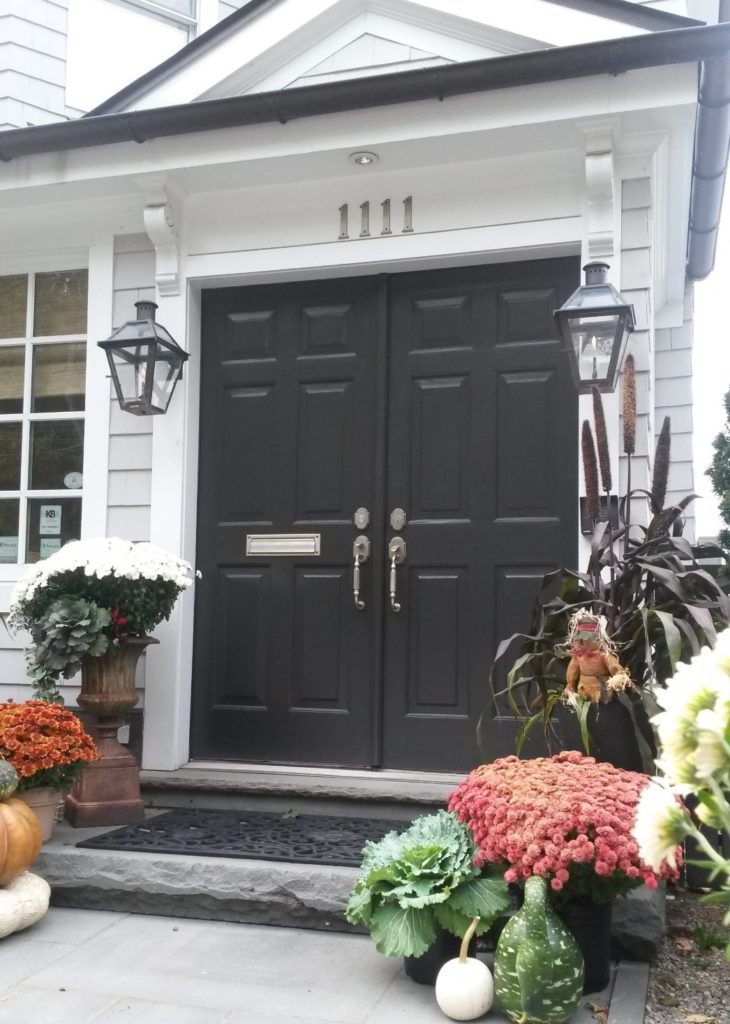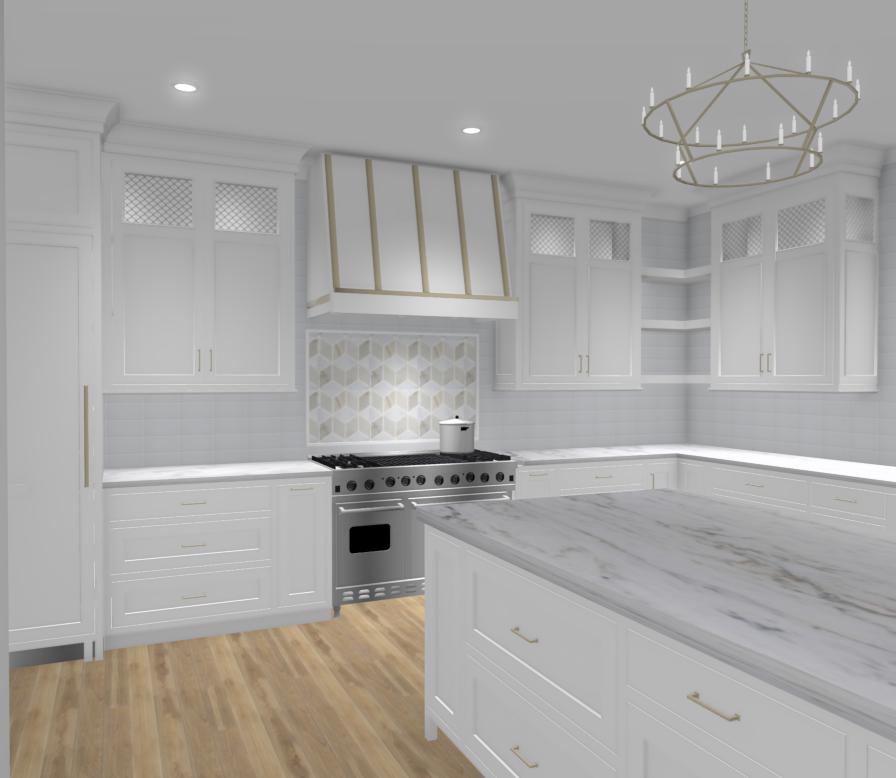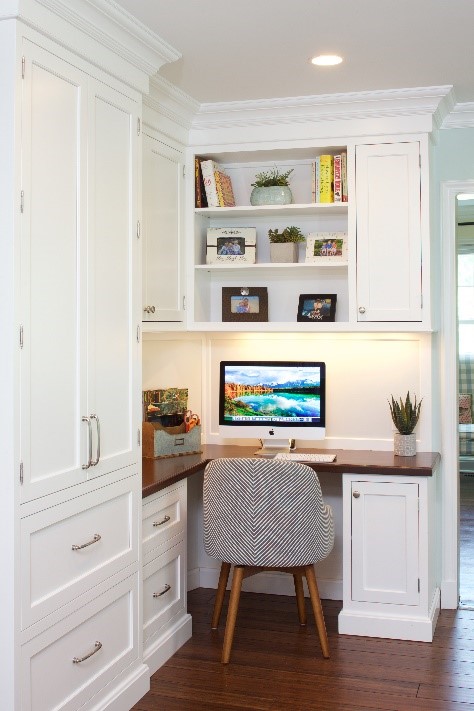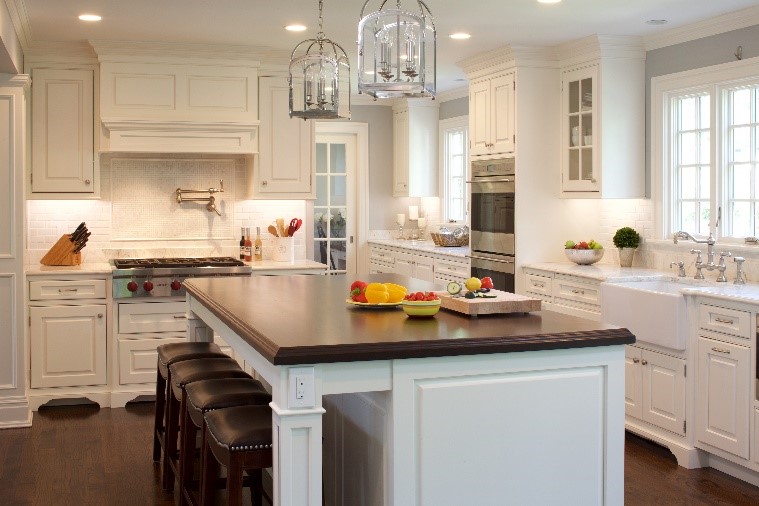Thinking of renovating your kitchen? Appliance shopping is usually the first go-to task. This helps you get a sense of what is available, and at what price ranges, since this will be a major chunk of the overall budget. But don’t jump too quickly to place your order for that fabulous new range and over-sized refrigerator unit! Appliances and cabinetry decisions need to be made hand-in-hand, and kitchen designers are often the best source for making these initial recommendations. Not only will a kitchen designer identify the appropriate appliance sizes and configurations for your space and requirements, but they will guide you through the multitude of cabinetry decisions that become the foundation for your new kitchen.
Pick your partner:
Picking the right kitchen designer to bring your vision to reality is the first critical step in the design process. Maybe a specific kitchen project has caught your attention in a magazine, you love a friend’s new kitchen, or you find yourself grabbing online images from a particular designer’s social media page. Once you’ve narrowed down your choices your homework begins: a call to the designer’s office should be met with interest and enthusiasm, and an openness to share basic facts over the phone: types of cabinetry, general price points, timeliness of drawings, and estimated lead time for the cabinetry order. These are easy opening questions to establish if you’re in the right ballpark for your project. It doesn’t make sense to spend valuable time on an in-person consultation just to find out that the designer can’t fit you into their schedule, or you can’t begin to afford their standard pricing!

Although there is heavy reliance on texts, emails, and calls for most communication these days, a face-to-face consultation is the best way to determine if this working relationship is going to be a good fit. You’re about to embark on a big project and it has to a functional partnership from the first meeting to the end. Meeting in the kitchen designer’s office or showroom gives the most accurate glimpse into their business model and work style. How does this meeting flow– from being greeted at the door, to conducting an informative presentation worthy of your time? Do you feel heard and understood when discussing your vision? Do you like their examples of other projects that should include a range of style and creative ideas? The most important question: can you have an honest and open partnership with this professional to achieve the best possible outcome? If any of the above are “no”—keep looking.
Make your vision clear:
Communicating your overall vision for the project, as well as any must-have wish-list items, and especially your investment expectations (aka budget), is the best way align everyone’s expectations from the start. Although you might not know the correct terminology to describe your desired features, a picture is worth 1000 words! Online resources, like Pinterest and JWH , make it easy to compile images that have caught your eye. Noting your likes (and dislikes) about each of the photos is an excellent way to convey your aesthetic preferences. The designer should be able to easily assess common threads, as well as the disparate details.
Listen to the Expert:
You’ve made the leap of faith and selected the designer to help bring your renovation dreams to reality. The next step is to see your transformed spaces conveyed clearly on layouts, elevations, or ideally 3-D perspective views. Some of the images may look just like you envisioned, while other design options may look like they came out of left field. Keep an open mind.

Remember, exploring all the options on paper, before the hammer ever hits the nail, keeps later changes (or regrets) to a minimum. Are these unique layout options accompanied by a clear vision and explanation of good logic? Ask all the questions you need. Your original idea may have needed modification based on structural limitations or maybe it didn’t make sense functionally. Or even better–perhaps your designer came up with a creative, out-of-the-box solution based on years of practical experience!
Don’t Rush:
As much as you are anxious to get your cabinets designed, “signed off” and scheduled into production, this is the time to make sure you’ve considered all your layout options. Options 1, 2, and 3 may have turned into Options 4 and 5, but as long as there is forward progress (and not going in circles), this interactive problem-solving process should be worth it. Once the interior architectural details, cabinetry, and appliances layouts are set, the rest of the functional and aesthetic cabinetry details follow naturally. The designer wants your flow and function to be the best possible, and working with custom cabinetry allows the best utilization of space.

Expect to Compromise:
Wish as we might, some ideas are simply not achievable. The 2-tier cabinetry details you adored in a Houzz photo with 10’ ceilings are just not going to work in a kitchen with standard 8’ ceilings. Hopefully you will have discussed these challenges and alternate design direction early in the process. The designer’s creative interpretation should make YOUR space the best it can be within the limitations of budget, timing, and/or physical obstructions. But compromise doesn’t not mean “settle.”
Be patient — It will be worth it:
Although the less-than-reality shows show miraculous kitchen transformations within days, real construction is a long process. Custom cabinets can have lead times of 8-12 weeks, plus another week to install. As anxious as you may be for the delivery of your cabinets, since this generally signals the approaching completion of a project, your custom cabinets should be one of the last items to arrive. Beautifully finished cabinetry installed toward the end of the project, once most of the other construction work is completed and trades are not walking through the space with tool belts and ladders, means a significantly lower chance of damage to your cabinets and appliances. Your kitchen designer knows the value of delaying delivery to protect your cabinets, but your contractor might need a little persuasion.
In conclusion, when the design phase is creative and collaborative, and the end result of your new kitchen is even better than expected, you made the right choice of kitchen designer. To help be better prepared before and during the rest of construction, check out our Renovation Survival Tips . Your preparation and due diligence will pay off in the end.

. I hope you learned something new today. Please get in contact with us if you are need design expertise for your renovation. We would love to help you achieve your dream home.
— Jennifer Howard, owner + chief designer, JWH Design & Cabinetry

